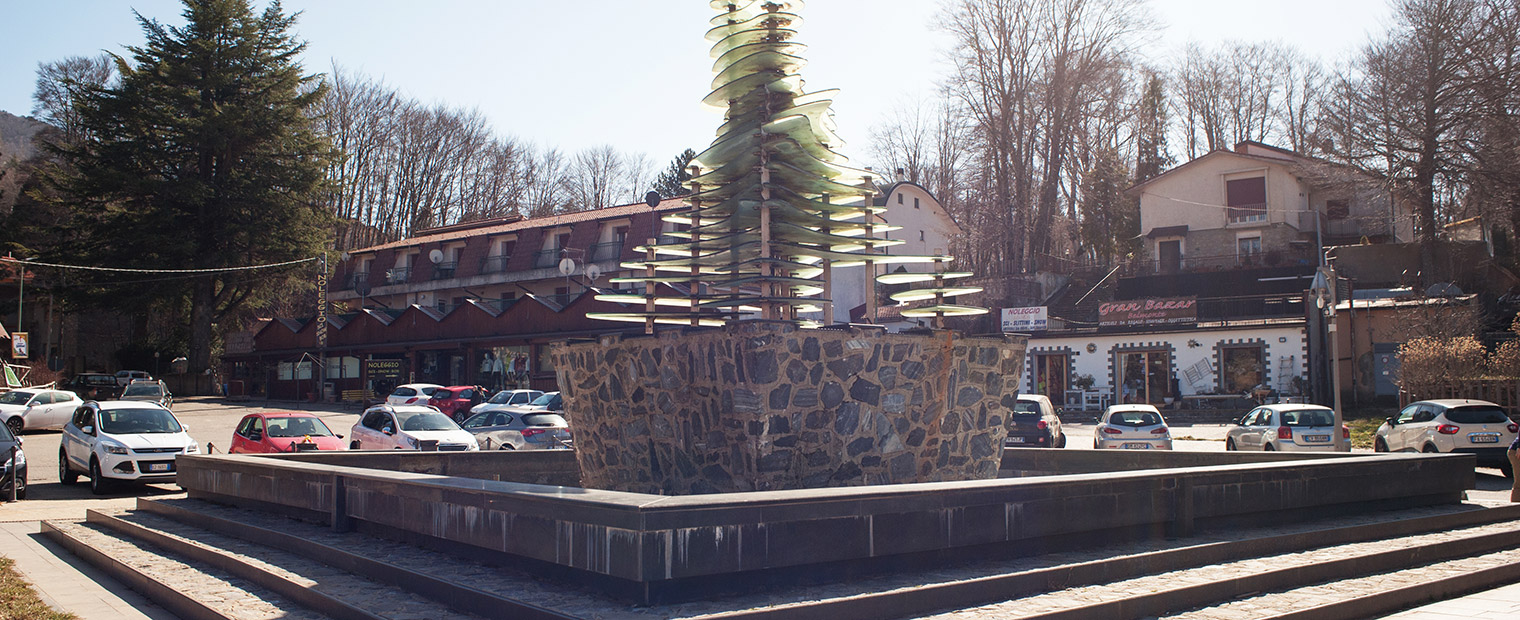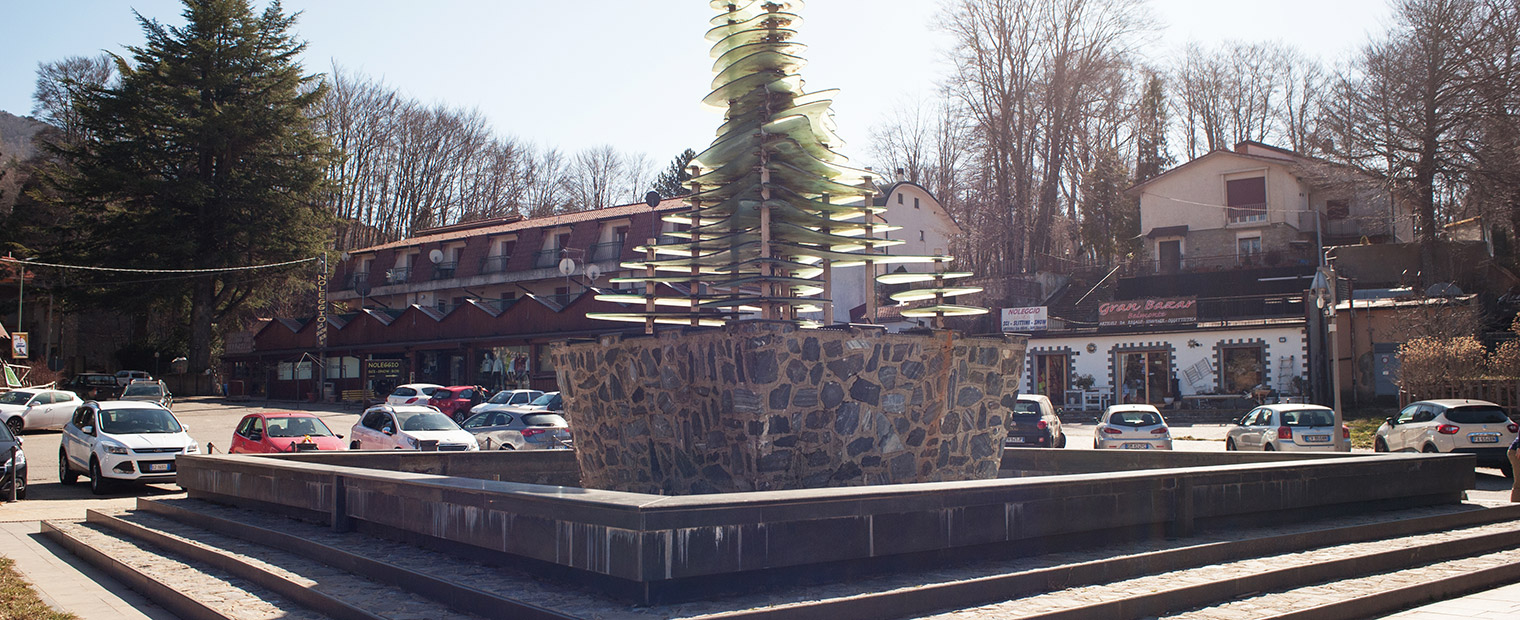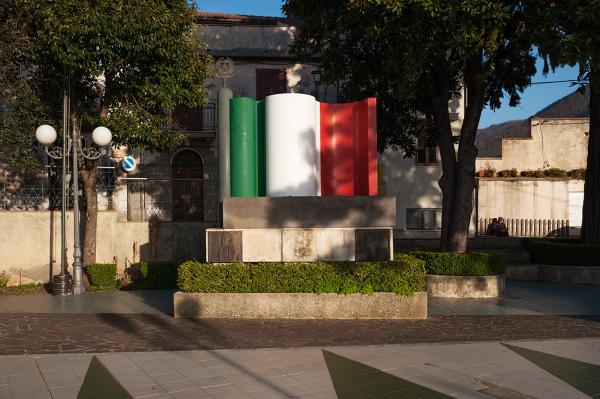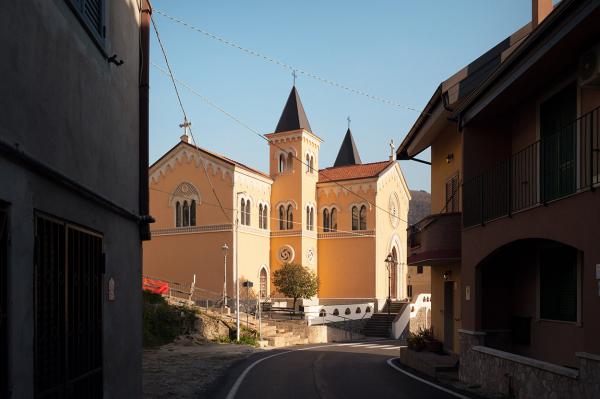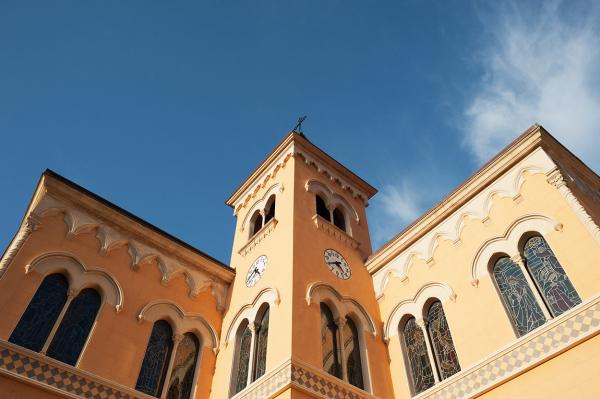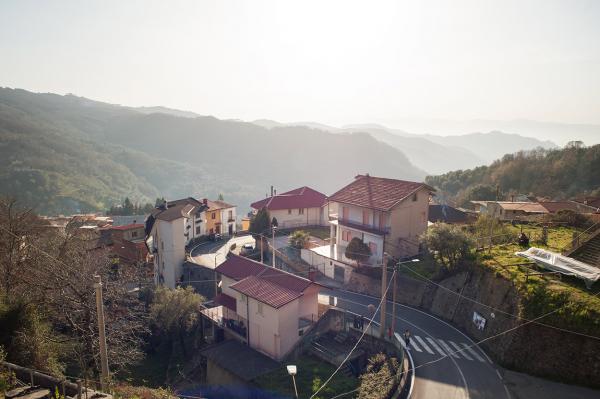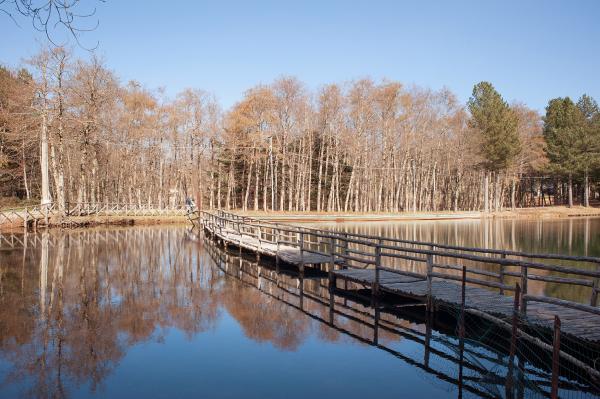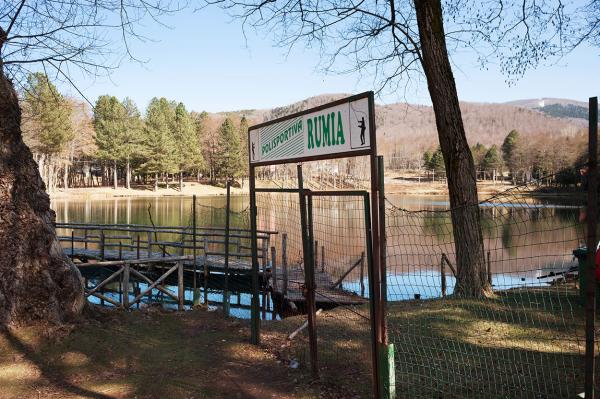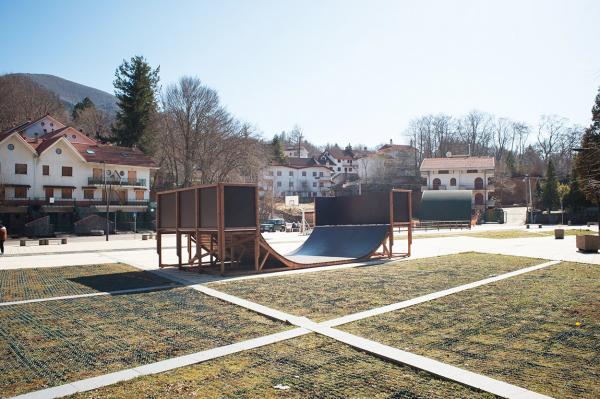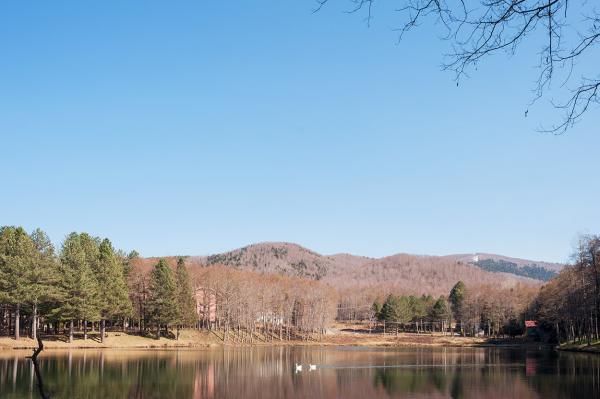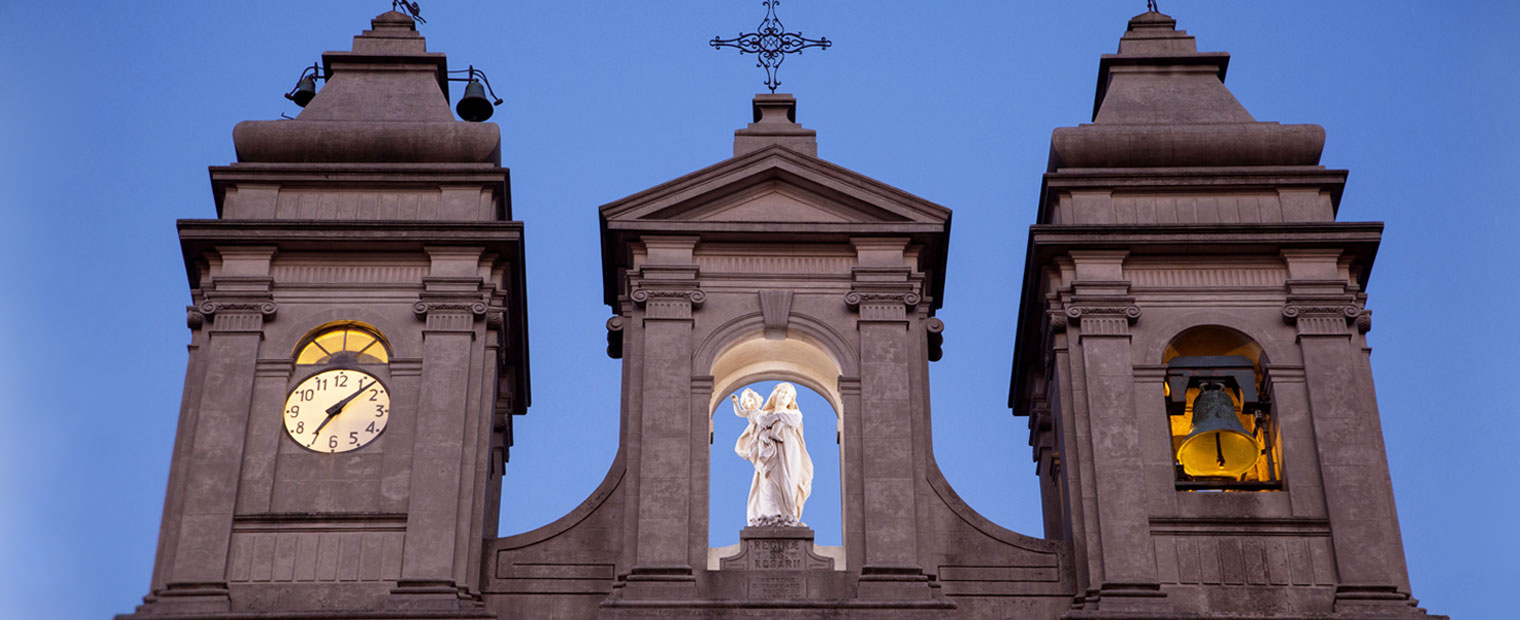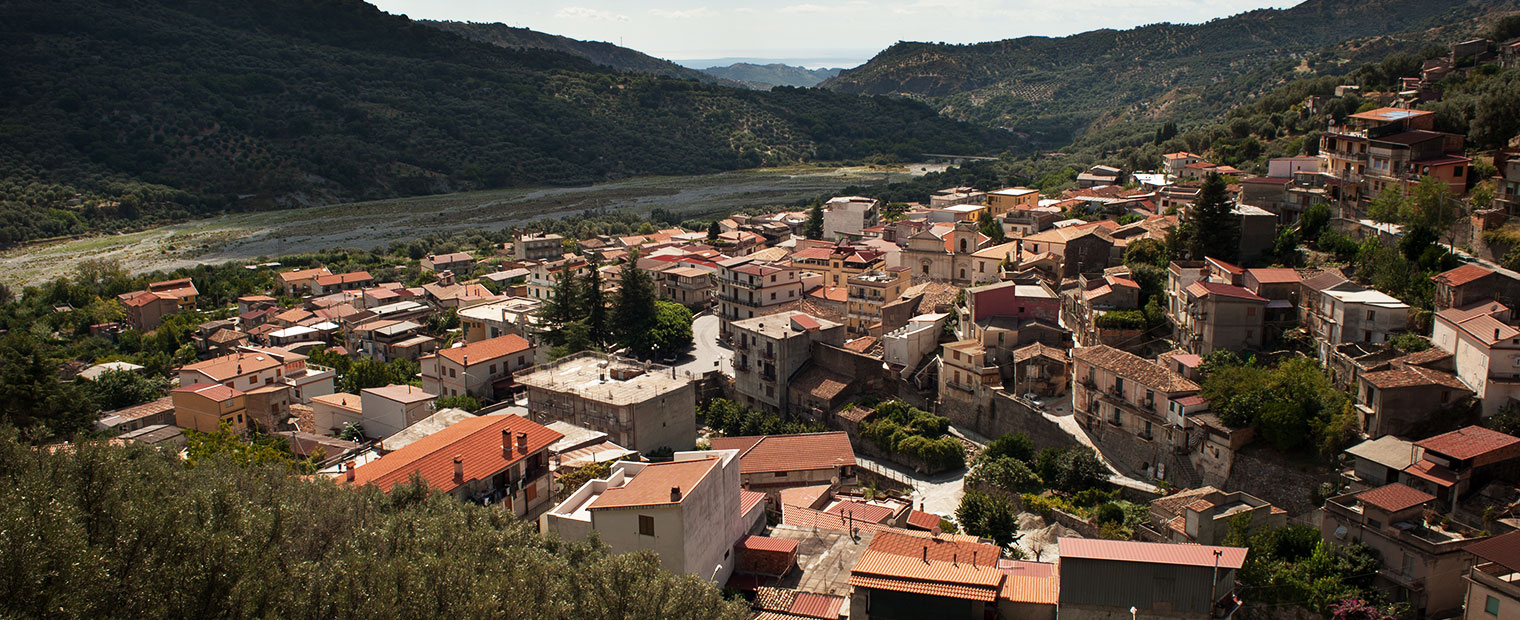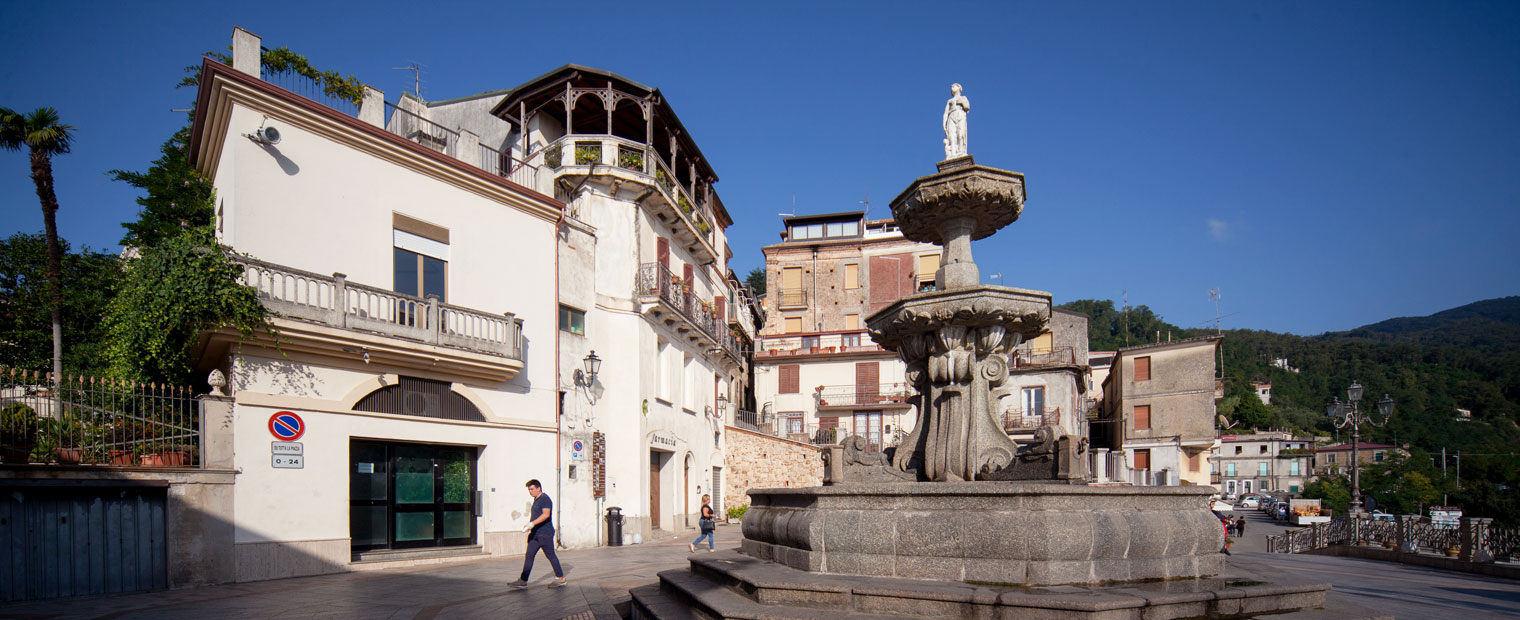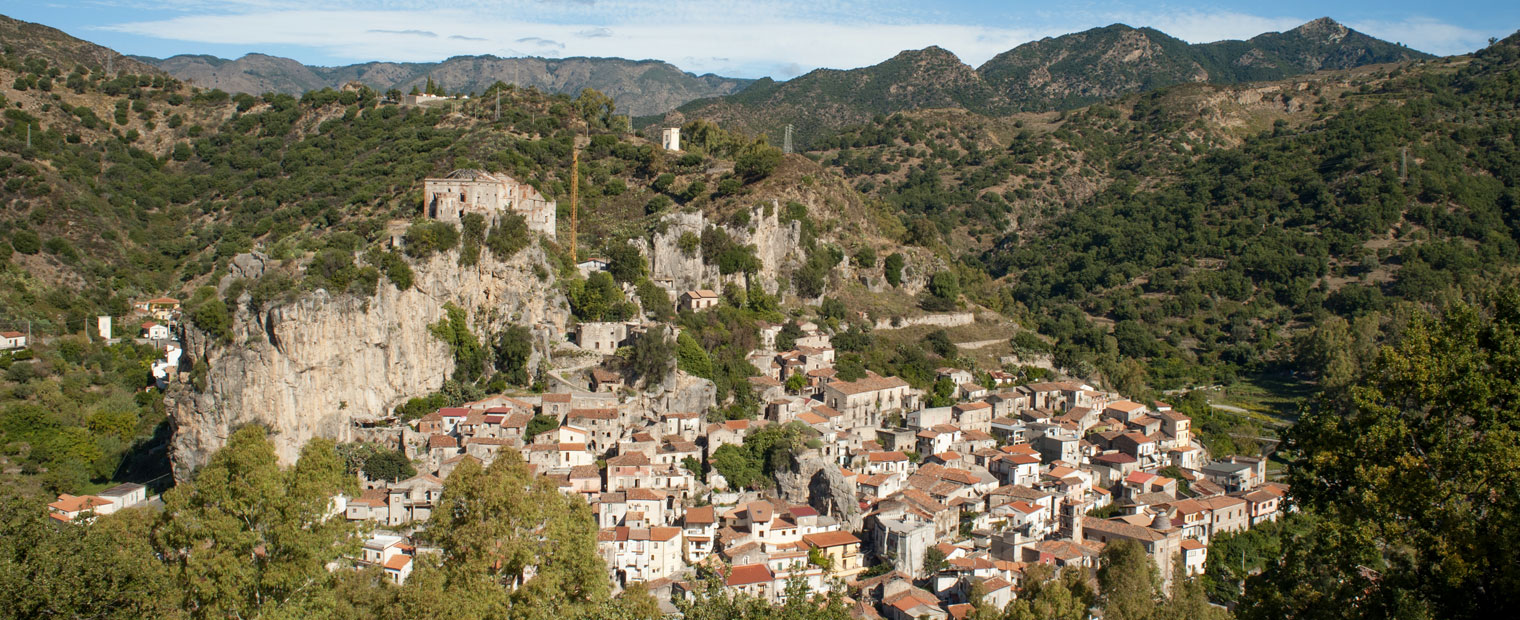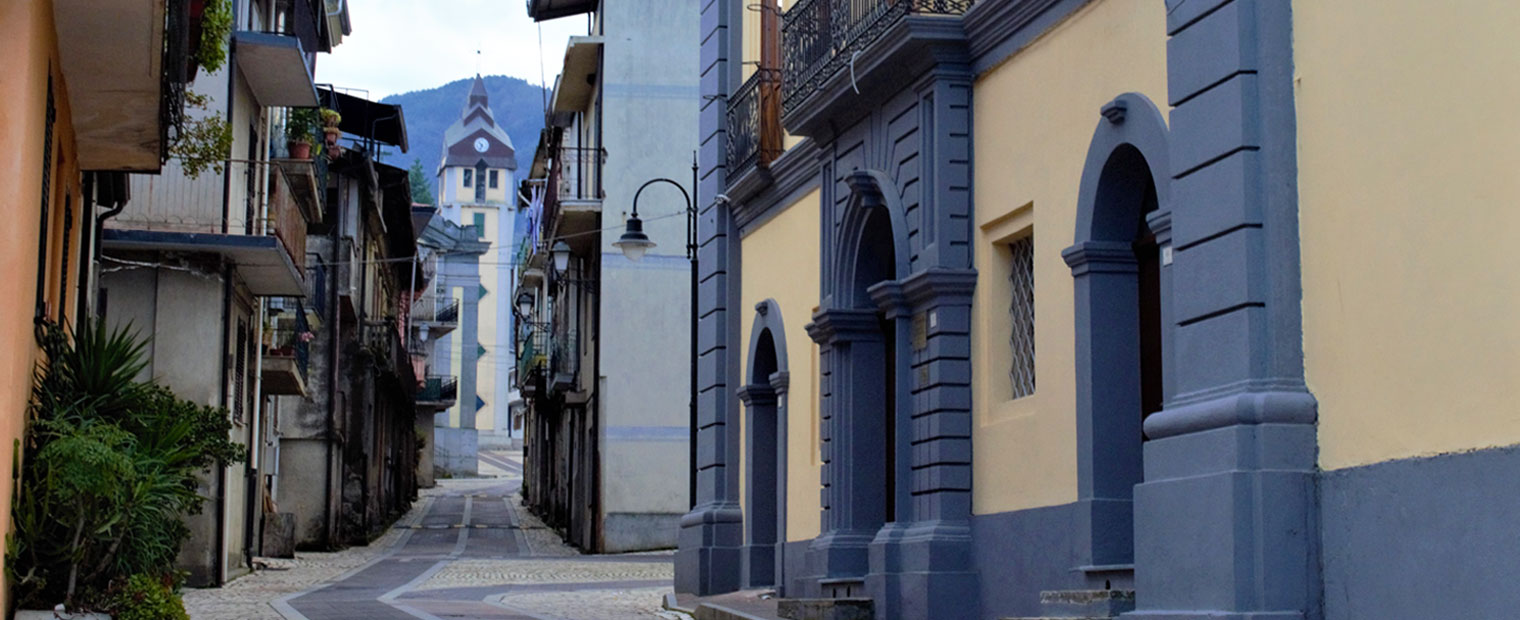By following the Gallico torrent, upstream, along the banks that climb up to the slopes of the Aspromonte mountains, we get to Santo Stefano, a town immersed in nature, which, on account of its renowned Gambarie ski resort, is regarded by the people of Reggio as the mountain par excellence.
In the 15th century, at the dawn of the modern era, it started out as a farmhouse of the Calanna barony and went on to share its destiny of the latter until, in 1608, at the end of the feudal era, it became the property of the Sanseverino counts of Mileto and then of the Ruffo dynasty of Sicily. In 1811, Santo Stefano became an independent municipality. It was during these years, that the town played a key role in the history of Italy. In the 19th century, in fact, the citizens of Santo Stefano took part repeatedly in the struggles of the Italian Risorgimento. Their heroic deeds and exploits earned the population of this small town the epithet of “lineage of the strong”.
The busts and the stone plaques currently on display in the city hall celebrate the heroism of the Romeo family patriots, who played a key role in the liberal uprisings that preceded the struggles of the Risorgimento. Among them we should mention: Stefano, who signed the 1848 protest against the perjury of Ferdinand of Bourbon and was one of the first deputies to the Italian Parliament; Giannandrea, grand master of the Carboneria and military leader of the Calabrian revolt of 1847, and Domenico, who plotted with the people of Messina the Calabrian uprising where he lost his life.

Gambarie d’Aspromonte, an adventure in the woods
A tourist feather in the cap of the municipality of Santo Stefano is Gambarie, a locality immersed in a green land, amid infinite luxuriant woods: with its numerous attractions and opportunities for entertainment, it has tourist proposals for every season. From its ski slopes, where you can ski watching the sea, to its trekking paths and nature trails, every year, Gambarie hosts visitors and tourists from all around southern Italy. Among the attractions, we should mention Aspropark, the first adventure park totally devoted to the mountain, and the Gambarie Bike Park, which provides a unique opportunity to explore the Aspromonte Park in a new perspective, riding a mountain bike. Among woods and beech forests, in fact, trails for all tastes and all degrees of difficulty unfold, from which you can admire the incredible panorama of the Strait and the Aeolian islands.
The Feast of the Flag
Every year, the Feast of the Flag celebrates the anniversary of the first historical outing of the national tricolour flag, which took place in Santo Stefano on 29 August 1847. At the time, the patriots of Santo Stefano, protagonists of the epic struggles of the Risorgimento, waved in the village square a flag that would then become the national flag. An artistic mural was inaugurated on the 170th anniversary of the event: the work, installed at the entrance to the village, was made by Professor Daniela Autunno, to commemorate that historic day for the town and the history of the entire Country.
The hermitage of Saint Sylvester
In a locality known as “the two torrents”, where the Passo della Troia and Lestì torrents come together, in Jerupetru, at the foot of the Basilicò mountain, between Santo Stefano and Gambarie, in the heart of the National Park of Aspromonte, we find the Cave of Saint Sylvester.
Known to the locals with the name of “Cupola of Saint Sylvester”, nowadays this site appears as a recess, consisting of the ancient apse of a small church that was swept away over time by the torrent. Built in the byzantine era, it was subsequently used by the Basilian monks who populated those wild places. The ancient ruins, whose name is due to the eremitical presence of Pope Sylvester, consist of a slightly ovoid shape cupola, built with lime and stones, probably by the hermit monks who had settled in Aspromonte, and may be seen as one of the countless testimonies of the settlements and the culture of eastern monasticism in Calabria.
Remnants of the Abbey of Saint John in Castaneto
Erected on a mandate by the government of Roger II, this abbey was part of a complex of monasteries built by the Normans to limit the influence exerted by the Basilian monks in the territory of the province of Reggio. Nowadays, only a few remnants of the outer walls are left.
